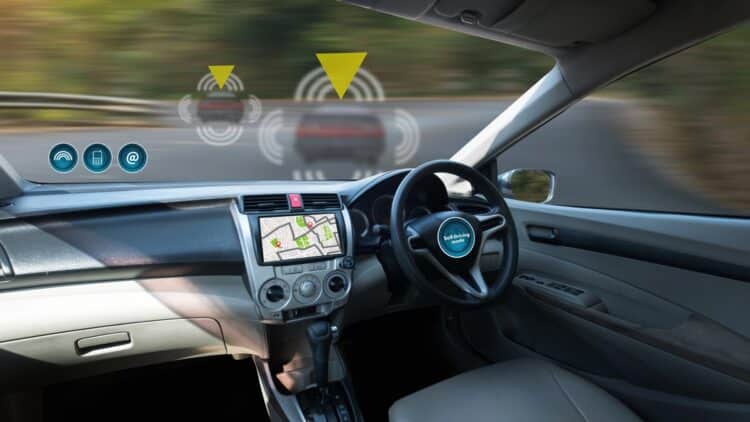In Italy, Tech Week took place in Turin, and during the event, European Commission President Ursula von der Leyen made a special request to European leaders: “It’s time to put the continent at the forefront of the self-driving car revolution.” The president delivered an optimistic speech and urge the European continent to adopt an “AI-first” strategy, especially in the automotive sector, to regain global competitiveness in this sector. This evolution in the automotive sector is seen by politicians as a way to increase road safety.
Autonomous cars will be the answer to future driving
Von der Leyen made a point of emphasizing that self-driving cars are already a consolidated reality in places like the United States and China, but that on the European continent, they are still on a slow path to development. As a way to change this scenario, the president proposes the creation of a network of European cities that can become hubs for testing these autonomous vehicles.
In Italy alone, more than 60 mayors have already expressed interest in participating in the initiative, which aims to integrate local governments, automakers, and research centers. The goal of this project is to create an ecosystem of European technology capable of competing with large international companies while also meeting the continent’s existing public and private transportation needs.
This major investment in artificial intelligence, according to the president, is a direct response to the slowdown in the European automotive sector, which is increasingly experiencing a decline in production, in addition to strong competition from automakers, especially those from Asian countries.
AI on the streets: Safety and connected mobility
For the European Union, plans for the automotive sector are not limited to technological innovation alone. The goal is to have autonomous cars that also help improve the quality of life for its citizens in cities. According to Commission studies and research, intelligent traffic systems could reduce congestion, optimize energy use, and facilitate travel between the most remote areas of the city, such as urban and rural areas.
With the advancement of this technology, vehicles could even “talk” to each other and to urban infrastructure. This means cars could exchange real-time data on traffic, weather, and even parking availability. A connectivity system like this promises to transform private and public transportation, as well as the entire dynamic between European cities that utilize this technology.
How Europe aims to catch up with the US and China
When is comes to autonomous car technology, the United States and China already have years of head start, especially compared to the European landscape. Some American companies like Tesla and Waymo, and Chinese companies like Baidu and Xpeng, are already testing fully autonomous cars, even in large urban centers.
This autonomous vehicles project isn’t seen simply as a matter of modernization, but also as a matter of positioning and industrial sovereignty in the autonomous automotive sector. “We need to ensure that the future of mobility is shaped here, with our values, our rules, and our talent,” said the President of the European Commission.
A global race for innovation
This speech by President Ursula von der Leyen represents an important turning point for the automotive industry in Europe, that was once a hub for innovation for legendary brands, but now it seeks to reinvent itself, especially in an era of significant advancements in artificial intelligence and autonomous driving.
This proposal, more than a technological advancement, represents a vision of the future that combines innovation, sustainability, and safety for European and the automotive sector. If Europe can align its new strategy with investment and collaboration between countries, it will be possible to transform this challenge into reality. And, as European Commission President Ursula von der Leyen said, “the future of cars—and the cars of the future—must be made in Europe.”


